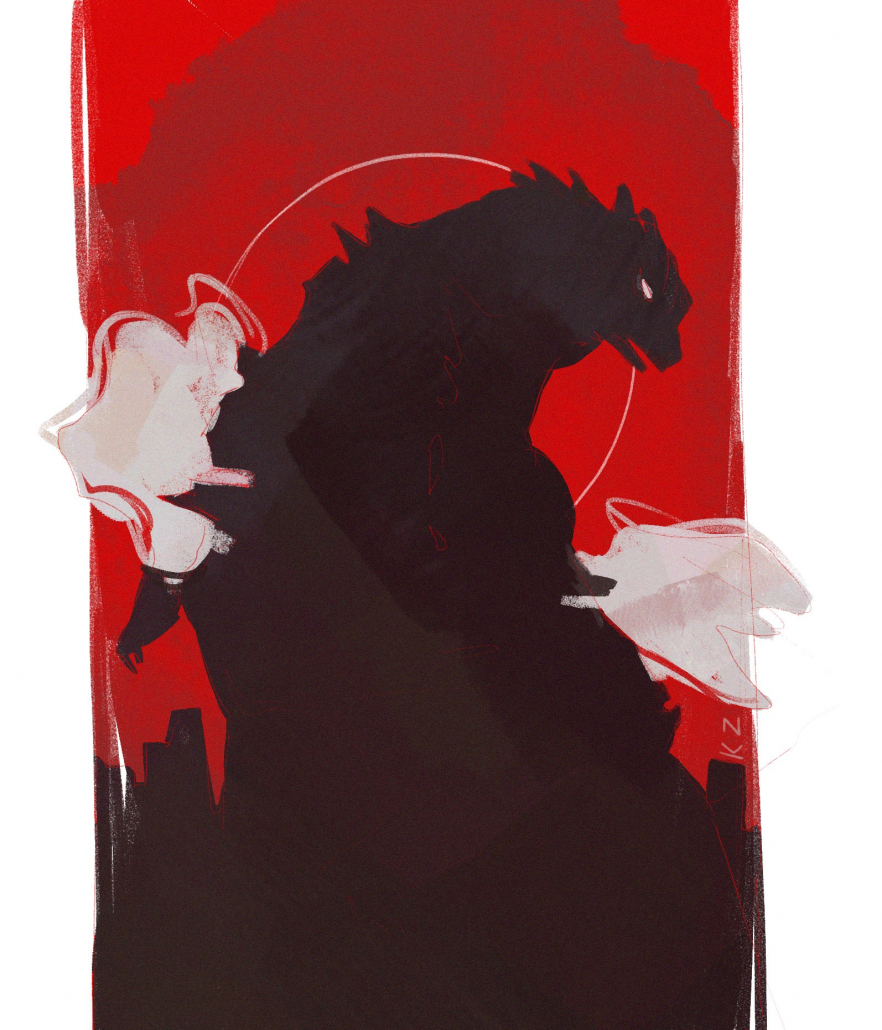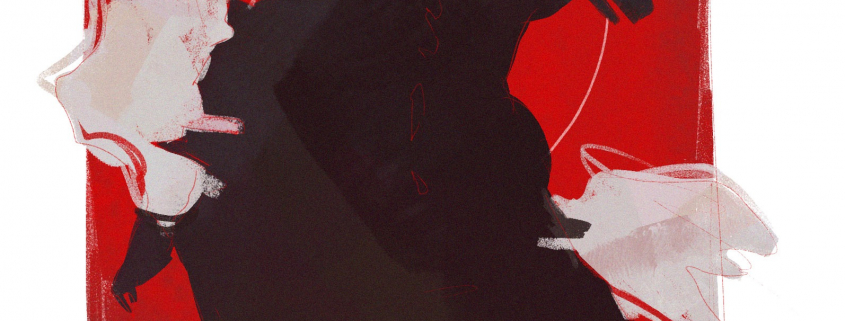Stardust: Why the horror of ‘Shin Godzilla’ works

With the release of the new Godzilla v. Kong trailer, I felt like going back to watch giant monster films again. I had already watched tokusatsu (a japanese genre of film featuring superheroes and special effects) films and American giant monster films in general such as, “Godzilla: King of the Monsters” and “Kong: Skull Island” so I decided to try something different.
There are plenty of movies dating back to the 1950s from both the Showa and Hesei Eras. However, with the news of “Shin Ultraman,” possibly being released in 2021 thanks to involvement of directors Shinji Higuchi and Hideaki Anno, I thought it would be nice to take a look at one of the more recent Godzilla spinoffs by the same directors — ”Shin Godzilla.””
“Shin Godzilla” was definitely one that stood out compared to other films in the franchise, but not for the reasons you might expect.
For those who don’t know, “Shin Godzilla” was released in 2016 featuring the popular, destructive reptilian monster, Godzilla — with a twist. The film takes a more dark tone in regards to conveying its political satire and the morals that come with it. The legendary Godzilla series encompasses blockbuster action movies so Shin Godzilla and the Legendary series as a whole can’t really be compared with one another. However, through the horrific aspects of this different Godzilla, elements surrounding the narrative also have importance in expressing the dangers of both pollution and the consequences of not having all the facts.
There is plenty to draw from the conflict of the human characters in the film. Most of the focus lies on the bureaucrats and scientists working in Japan to try and stop the giant lizard, created from nuclear waste mutation. Due to less of a focus on fight scenes, such as those found in “Godzilla” (2014), the movie is very dialogue heavy, involving many characters who can be forgotten or confused with one another. However, the focus on so many characters is supported by the helplessness of the situation as it contributes to a satire on how a government can react to something they are unfamiliar with along with the consequences of such a reaction.
A lot of filtering is shown in the film, where information is passed rather slowly from point A to point B, to the point where the prime minister finds out what they assumed was wrong almost immediately after they decided to announce their conclusion. This in turn illustrates the parallels between the humans who have to adapt and avoid relying on assumptions in order to deal with this new crisis and Godzilla who adapts via his physical transformations in the film.
The darker narrative also encompasses Godzilla’s mind and motivations, which are apparent in multiple films, both new and old. Despite Godzilla’s lifelessness in the majority of the film, Godzilla’s thoughts are expressed through the film’s soundtrack, specifically in the theme song, “Who Will Know.”
The song describes how Godzilla is in constant agony from radiation and transformations, which are a result of its nuclear waste origin. The monster aligns with the destruction it causes as the lyrics state:
“I wear a void (As long as breath comes from my mouth) / Not even hope (I may yet stand the slightest chance) / A downward slope (A shaft of light is all I need) / Is all I see (To cease the darkness killing me).”
This horror continues to contribute in getting the characters to be proactive, as Godzilla, despite being in this pain, has a will to live that challenges the will of the government of Japan.
The new task force for filling in the blanks regarding the creature get moments to shine, doing research themselves when perceived necessary. Rather than wait for the plot to show up on their doorstep, the audience is drawn as they work together against Godzilla with the task force during the film’s final confrontation by networking and taking advantage of what they already have at their disposal.
“Shin Godzilla” is not a film I would recommend for younger audiences due to the mature political themes. However, older audiences can enjoy much including references found within the film, specifically with Godzilla, being based more from its original 1954 version than from other works. Of course, one of the cons is that in Shin Godzilla, the after effects of the destruction in regards to the civilian characters are overlooked in favor of the work of n the scientists and bureaucrats.
Nevertheless, the film is able to incorporate a variety of elements while still staying true to the Godzilla franchise. Inspiration for the film was actually drawn from the Fukushima Natural Disaster and the 2011 Tohoku Tsunami and Earthquake whereas the original was a metaphor for the atomic bombings of Hiroshima and Nagasaki.
Humanity creating this kaiju (a giant monster featured in japanese fiction) also poses some questions as to how future monsters will be introduced in the new sequels. The monsters so far have mainly been from nature itself, so the darker side of humanity’s influence on nature might be emphasized for making impactful kaiju villains. “Godzilla vs. Destroyah” (1995) has done this, a film indirectly referenced more than once in “Godzilla: King of the Monsters” (2019).
Overall “Shin Godzilla” does what it intended to — its a political satire with elements of horror surrounding it. The film is a gem in regards to appreciating different aspects and themes through darker tones despite the lack of action sequences. I still enjoy “Godzilla” (2014) despite the lack of action of course, and I do look forward to future installments of the Godzilla franchise and Toku in general that might take certain aspects from “Shin Godzilla.”

